Premium Only Content
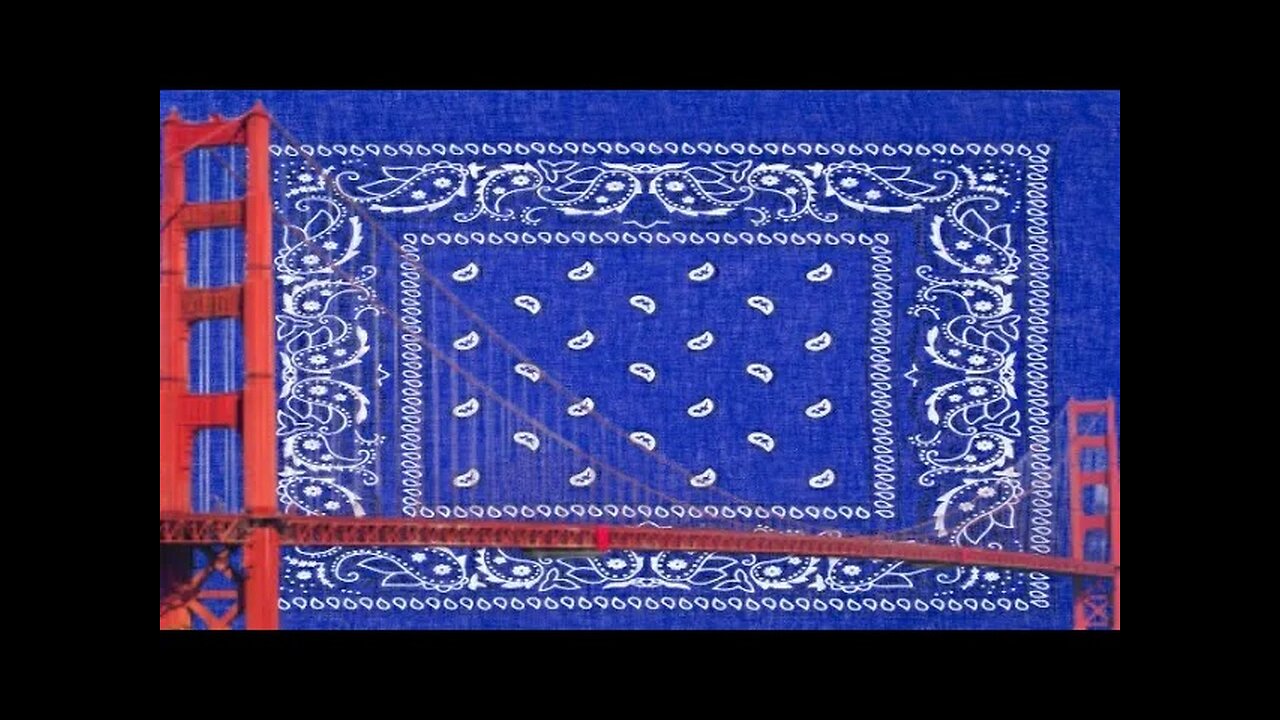
Turf War: SF Hustlers vs LA Crips
DOWNLOAD MY AUDIOBOOK BELOW.
AMAZON: https://www.amazon.com/Hoist-Colors-Confessions-Street-Counterfeiter/dp/B01GQSVABC
AUDIBLE: https://www.audible.com/pd/Hoist-the-Colors-Audiobook/B01GQSV9JK
Turf War: S.F. Hustlers vs L.A. Crips
In this video, I answer the question why the bay area has no Blood or Crip presence.
It's a strange fact, but there is no significant Crips presence in the Bay Area. The Crips, after all, are one of the most widespread gangs in America, C-Walking through neighborhoods in major cities and small towns from San Diego to the Bronx.
The story of how this happened is filled with apocrypha and speculation. There is no official record, just gang lore passed down from O.G.s to young bucks. While some former local gang members have their own analyses, they all tell variations on the same narrative.
It all started in South Central Los Angeles in the late 1970s. Born from the ashes of the disintegrating Black Panthers, the Crips were forged by poverty, anger, ambition, and a desire to protect the community from police brutality. The gang spread quickly, as visiting friends carried the culture back to their own cities and original members relocated to initiate branches elsewhere.
The Crips made a move to San Francisco in the early '80s, a small group of them setting up shop in Bayview-Hunters Point. The recruitment pitch was simple: We're here to take over; join our growing drug empire and make some money. It had worked in Bakersfield, Fresno, and Sacramento. But San Francisco wasn't having it.
“They were all about reppin' their blue and showing off these dances — we thought all that was silly,” says Gyno Frazier, a former Richmond gang member with ties to Bayview-Hunters Point, who heard the tale from older friends. They assumed people would just catch on and join. But that didn't happen.
To the young hustlers the Crips were trying to recruit, the gang's traditions seemed an unnecessary distraction from their main goal: profit. Worse, the Crips were trying to become new middlemen between dealer and supply.
“San Francisco, see, we were all about making money,” says Rudy Corpuz, a former SOMA gang member who now runs the youth group United Playaz. “And the Crips guys were trying to get a cut of that.”
With their modest contingent, the Crips displaced the locals at a Bayview housing project drug market. But the hustlers who got kicked off their land came back strong.
“They underestimated how fierce some of those San Francisco cats could be,” says Corpuz.
Some say that neighboring San Francisco sets joined forces with the displaced group. Some say the displaced group fought on its own. Either way, there was a shootout at the housing project and the Crips were driven out. They haven't returned since. And the Bloods haven't even tried.
In prison yards and mess halls, aging Southern California Crips still reminisce about the gang's failed attempt to take San Francisco, notes Frazier, who spent four years in federal prison for a drug charge. Some of those Crips respect Bay Area inmates a little more for it. Some resent it.
“That's what makes the Bay Area so unique,” Frazier says, “We're the one place in California that doesn't have Crips and Bloods.”
tags: crip blood crips bloods gang gangs gang war hood politics sf san francisco oakland bay area the bay los angeles south central compton cali california 80s 90s
-
 45:29
45:29
Candace Show Podcast
1 hour agoBlake Lively Is Time's Most Influential | Katy Perry Goes To Space | Candace Ep 178
3K41 -
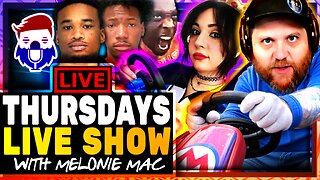 2:11:01
2:11:01
The Quartering
4 hours agoActive Shooter At Florida University, Karmelo Anthony Parents Press Conference, Gaming Gets Worse
102K58 -
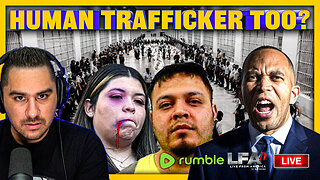 LIVE
LIVE
LFA TV
19 hours agoALL DAY LIVE STREAM 4/17/25
946 watching -
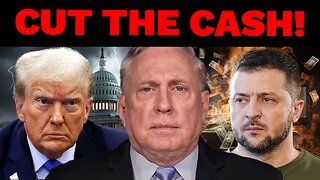 42:24
42:24
Stephen Gardner
2 hours ago🔴Trump Urged to STOP Ukraine’s CASH GRAB NOW! - Col. Douglas Macgregor
20.7K23 -
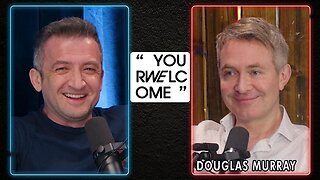 1:07:07
1:07:07
Michael Malice
1 day ago"YOUR WELCOME" with Michael Malice #359: Douglas Murray
22.4K16 -
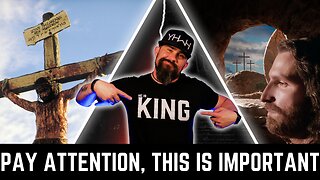
The HotSeat
2 hours agoPay Attention, This IS The ONLY Thing That Matters This Week!
5.43K2 -
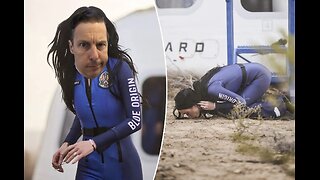 1:06:09
1:06:09
Jeff Ahern
2 hours agoThursday Thrash with Jeff Ahern
5.11K -
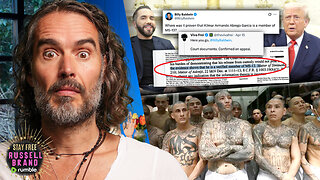 1:08:45
1:08:45
Russell Brand
5 hours agoDeportation OUTRAGE Backfires—MS-13 Connections Revealed – SF568
154K117 -
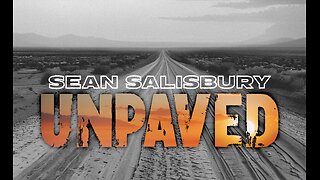 59:57
59:57
Sean Unpaved
5 hours agoLee Corso's Final College Game Day, NCAA Rewrites Rules, Benches Clear In Pittsburgh!
56.9K1 -
 1:17:46
1:17:46
Mark Kaye
5 hours ago🔴 TRUMP is FED Up! Calls For Jerome Powell to Be Fired!
34.6K13